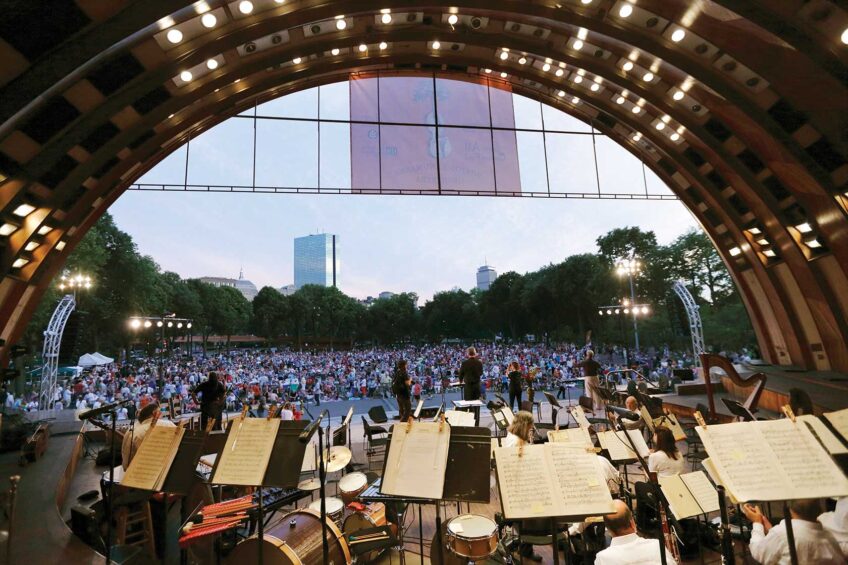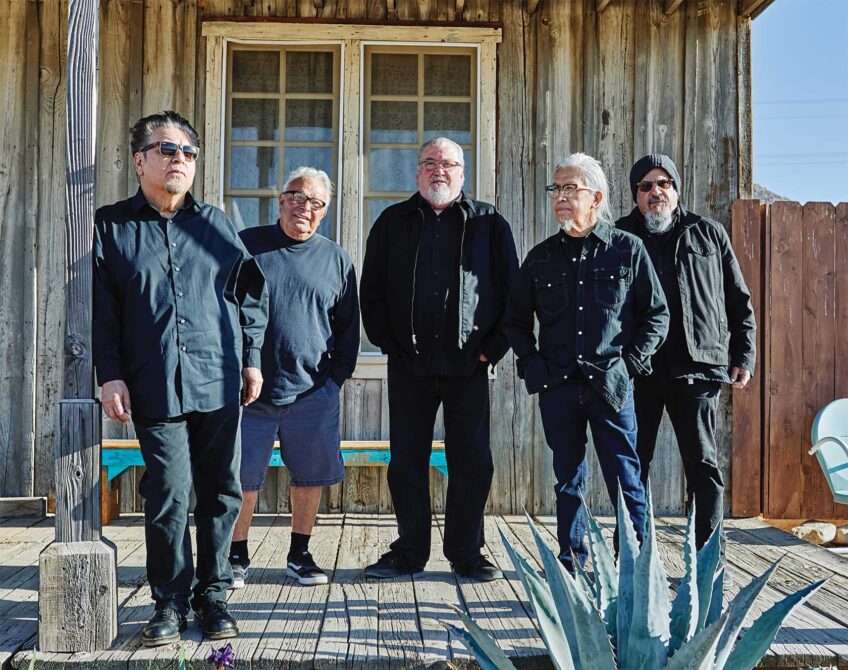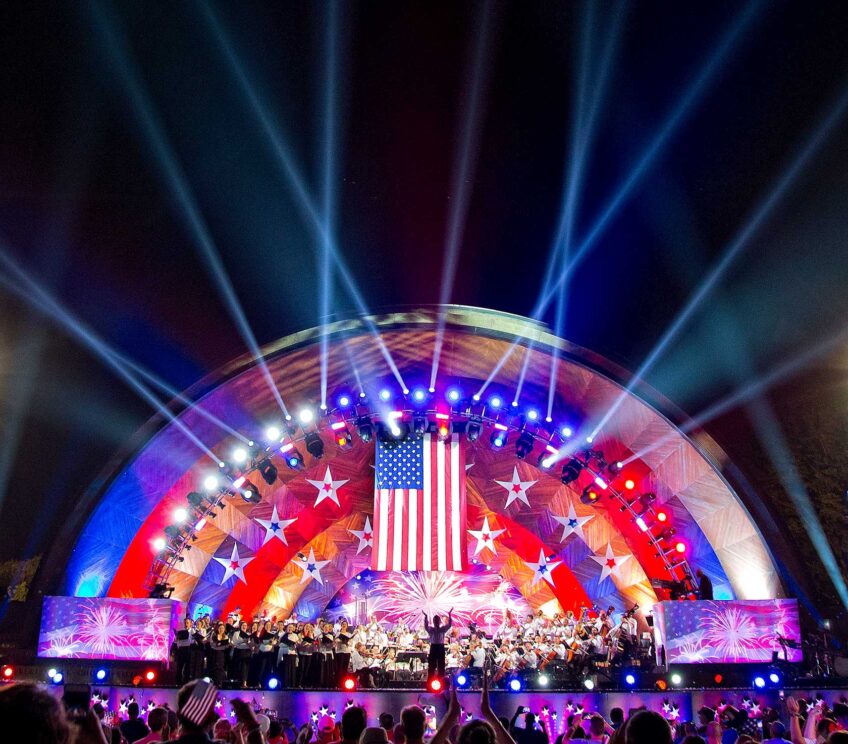“The supreme art of war is to subdue the enemy without fighting,” said Chinese General Sun Tzu. Unfortunately, much of the world has yet to master this technique, and war remains a pervasive part of life. Stranger still than the impulse to fight is the impulse to make art from the weapons of choice. Dr. Steven LeBlanc, archeologist and former Director of Collections at the Peabody Museum of Harvard University, explores this phenomenon in the exhibit “Arts of War: Artistry in Weapons Across Cultures,” on view through October 18, 2017.
For many early cultures, the decorations on their weapons serve to inform. A wooden shield from Maasai, Kenya is divided into two halves, one half to designate the owner’s tribal subgroup, the other to document battle successes. In other instances, the decoration actively participates in the battle. Aboriginal shields of Australia had grooved designs and tassels made of horsehair that, when shaken, were meant to dazzle and confuse the enemy.
Grisly display
The exhibit is organized by type of weapon or armor, and features over 150 pieces from a variety of locations and time periods. The breastplate of a Spanish suit of armor is juxtaposed next to a Yi protective covering. The Spanish piece is a smooth piece of metal with intricate designs carved into the surface. It curves out and fits in at the waist. Conversely, the Yi piece has a boxy, wooden frame and woven leather decorations. Seeing the pieces together gives insight into the cultures that wore them and the kinds of battles they were fighting.
Visiting the exhibit is an anthropological study in itself. Seeing children eagerly running up to daggers that once drew blood is an unsettling sight. Teens take pictures of themselves making funny faces next to artfully carved maces that have seen the inside of skulls. Having these weapons behind glass and curatorial statements removes them from us, and from the wars they’ve waged. There’s something perverse about the glorification of
weapons. The exhibit is fascinating on an artistic level, but there’s a dark tint about the subject matter.
The space contains a small section titled, “Arts of Peace,” which features examples of gifts given to cement alliances in peacetime. Ironically, most of the gifts are weapons. The Peabody, tucked into a back corner of the Harvard campus, permeates important territory in “Arts of War.” It forces visitors to confront uncomfortable questions like, Why do we glorify violence? And what would compel a warrior to beautify his mode of destruction? It also gives us the opportunity to reflect on our personal relationships to war. At the museum, panes of glass separate us from the violence, but we may not always be able to afford that luxury.
“Arts of War” is on view at the Peabody Museum through October 2017.







